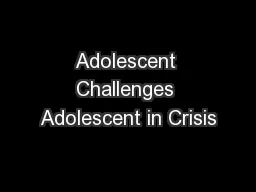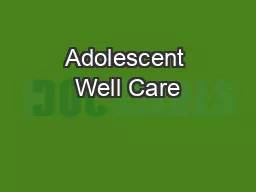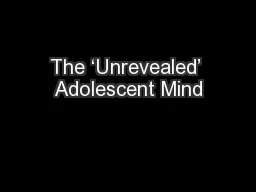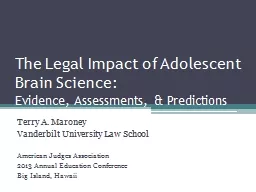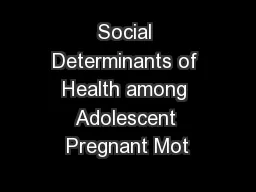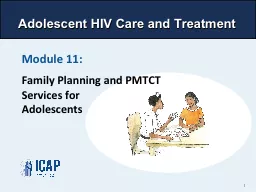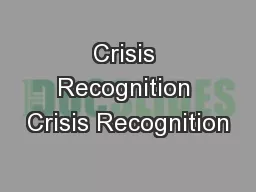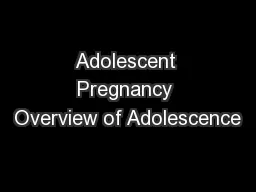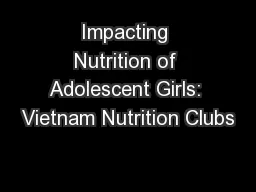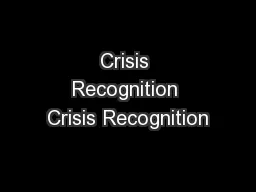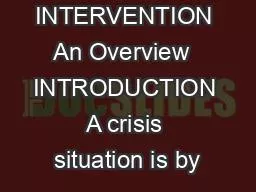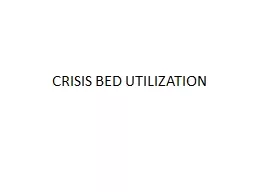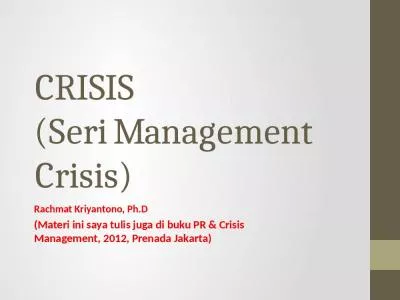PPT-Adolescent Challenges Adolescent in Crisis
Author : jane-oiler | Published Date : 2018-10-27
There are many issues that the adolescent faces in todays American society that could bring on anxiety present challenging problems andor require difficult decisionmaking
Presentation Embed Code
Download Presentation
Download Presentation The PPT/PDF document "Adolescent Challenges Adolescent in Cris..." is the property of its rightful owner. Permission is granted to download and print the materials on this website for personal, non-commercial use only, and to display it on your personal computer provided you do not modify the materials and that you retain all copyright notices contained in the materials. By downloading content from our website, you accept the terms of this agreement.
Adolescent Challenges Adolescent in Crisis: Transcript
Download Rules Of Document
"Adolescent Challenges Adolescent in Crisis"The content belongs to its owner. You may download and print it for personal use, without modification, and keep all copyright notices. By downloading, you agree to these terms.
Related Documents

